My first angling was with a friend, who had everything ready.
So when I decided to get my own fly fishing equipment, all the complexities unraveled itself.
Everything had to be correct, and there is no room for I-will-think-of-that-later.
The fly line bothered me the most. I spent hours online finding the answer to the question “How to Choose the Right Fly Line?”
As part of my research, I found out a lot about fly lines. After I was done choosing, I sat down and made a list of all the things I had to consider before getting the line.
I shortlisted the factors that must be taken into account.
In this article, I will be discussing what a fly line is. Also, I’ll discuss why should we get one that’s the top of the fish line. Plus, you’ll find factors that will help you in choosing the top fly line out there. Let us tackle one point at a time.
Firstly, What is the Fly Line?
If you have been to angling with your dad, you have noticed he uses a long, slender rod to cast (throw) the line. In case you are not familiar with the word, the line simply means the cord with which the bait is attached. Fly fishing is a type of angling where flies are used as baits. Flies are known to trick the fish into thinking they are small fishes which it can eat. So the line used in fly fishing is the fly line.
Why is this thing important?
Fishing equipment has developed a lot in the last century and the process is still going on. Every big and small part is undergoing improvements in order to give the best result possible.
Basically, there are three parts – rod, reel and line. And they all have their groups and subgroups. As a result, one type of reel becomes particular with one type of line, and so on.
So it is important, that you use the proper equipment. Fly lines are specially designed for fly fishing. There are various types, of course. But in the end, it has to be a fly line, if you want to go fly fishing. You can experiment of course, but experience and knowledge say that it will not prove so useful.
Factors Important in Choosing Fly Line
Now that we’ve got the basics covered, it is time to discuss some basic factors that will determine your equipment’s quality. Follow the tips below to choose the top fly line in the business.
Size of the Fish Plays a Key Role
The fishes you are trying to catch is the most important factor when deciding on fly lines. It is always wise and advisable that you decide on the fish you are going to be hunting for. In fact, the type of the fish determines every other aspect of your fishing equipment.
The most common fish types are tarpon, trout, pike, bass etc. Each of the fish weighs differently. So the rod and line suitable for catching a tarpon will not be suitable for catching a pike. The bigger the fish the heavier your equipment. Depending on the fish you want to sport, you should decide the fly line. Plus, you need to know whether or not fly fishing is good for catching that fish.
Size of the Fly Comes Next!
Before you choose a line, you must have your flies ready. The kind of flies you will be using will determine the kind of fly line you will need. (It is also a factor in choosing the rod.) The line is going to carry the fly through the air and into the water. To be precise, the mass of the line will bear the fly.
When purchasing the best fly lines for fishing, you will notice that they are marked with numbers. These numbers ranging from 1-14 represent the strength or weight of the lines. Bigger flies require heavier lines. Using the right kind of line is important. Without it not only casting will be difficult but also your fly will not work properly.
Fishing Rod Weight Has a Role to Play
That is, before worrying about the line, make sure you are well aware of the fishing rod you have. The weight of the rod determines the weight of the line. Fly lines heavier than the rod might be used in some cases, but generally the line weight should be equal to the rod weight. It helps your hands to be stress-free when you are operating the fishing rod.
Pay Close Attention to Color of the Line
This is not actually an important factor. And that is exactly why I am mentioning it. The color of the line does not really matter, considering the fish. It only matters considering your convenience. During the day, fishes are sure to notice the shadow of the fly line, regardless of the color. So when you are choosing, choose a color that will be easy for you to notice.
Taper Types Are Crucial
Fly lines, which are basically variants of cords, don’t come in a single shape anymore. The cylindrical lines are added with different variations in their diameters for making angling better and easier. At present there are many types of fly line tapers. The three most common ones are:
Weight Forward
The feature of this type of fly line is that the change in the diameter takes place once on the line and at one end of it. Say you have a 100 feet fly line. Starting from the end attached to the backing, the following 40-50 feet will be of regular diameter. This length is also called Running Line. After the running line, there will be a change in diameter. So the following 30 feet will be bulkier than the rest of the line. This part is also referred to as belly. The next will 6-7 feet will taper back to the initial diameter, so that you can attach the leader.
The benefit of this type of fly line is that it helps to cast the line to a long distance. The length of the tapering varies from brand to brand, and each of them serves differently.
Double Taper
This is similar to the Weight Forward type, only in Double Taper the tapering takes place twice along the length of the line and on both ends. The diameter thins at the two ends of the fly line and in the middle for attaching the leader.
The benefit of this Double Taper fly line is that you can attach any end of the line to the backing. In fact, if one end gets damaged, you can simply reverse it. Plus, it is best for a more delicate presentation.
Level
As you can guess from the name, this type of fly line has no tapering. It is not quite as exciting as the other two. This type of fly line is mostly used for its low cost.
Decide between Float, Sink or Both?
The density of the fly line will determine if it will float, sink or do both. These three types of fly lines have their own characteristics. Here’s how they work:
Floating Fly Line:
As the name suggests the whole length of the line floats on the surface of the water. This type of line is best for dry fly fishing. Both kinds of tapering is found in floating lines, so you have more choices to choose from.
Sinking Fly Line:
Obviously this fly line sinks. But the fun part is that the line does not immediately sink. This type of line comes in different types depending on the rate at which they sink. Mostly Weight Forward tapering is seen in the Sinking fly line.
Float + Sink Fly Line
It is not as paradoxical as it sounds. The front section of the line sinks into the water, and a good length of the running line remains afloat. That is why it also called Sinking-Tip Fly Line. This is designed for cases where the previous two don’t give good results.
They are all designed for specific uses. Depending on how you fish and handle your line, any one of the three can be ideal for you.
Here Comes the Length of the Line
There is not much to choose from in this matter. Most fly lines come in 80-90 feet length. If you think that’s not enough, here’s a fact: most fly fishing is done within a range of 30-40 feet, 80 feet max. In case you are a beginner, fishing lines are generally accompanied by backing.
One thing to Know: What is Backing?
Before attaching the main fishing line, an extra length of the line is attached to the best spinning reel. Most fishing lines are marked to show which end of the fishing line is to be attached to the backing. (Double Taper ones can be attached on both ends.) The length of the backing varies from 50 to 100 yards or more. And they have different test strength. Of course, if you want, you can skip the backing. But then, you only have the length of the fly line to work. Backing gives you an extra advantage in line length.
The environment is One Aspect You Can’t Miss Out!
Yes, it is important. The sun, rain, wind, salt water – all affect the fly line. The heat and salinity can cause the efficiency of the line to shift. That is why there fly lines with coatings to protect them from the severity.
The wind, however, affects your expertise. Wind resistance is a big problem for both the line and the fly. And so both of them have been improved to work well against the wind. Several brands will offer you good wind resistance. So, where you are going angling is a factor for choosing the right fly line.
All this is not easy to remember. So I will shorten it further and give a list of things that you can check at a glance.
Let Me Summarize The Entire Article in Mere 10 Points
All this is not easy to remember. So I will shorten it further and give a list of things that you can check at a glance.
I have shortlisted these 8 factors that you must consider before choosing your fly line. People will tell you a number of things that will only cloud your mind. To avoid that, these 8 factors should give you a pretty clear idea of what to look for when buying the best fly line. If your experience says fly fishing is easier than choosing the right fly line, you are not the only one. I have faced a lot of difficulties. This little piece is just my way of ensuring none of my readers go through the frustration of wasting hours and hours of their time online or in a brick and mortar store. Happy Fishing!
My Final Say on this Topic


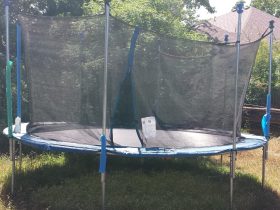

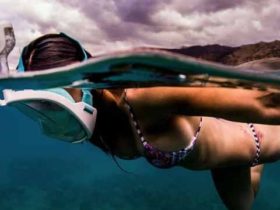
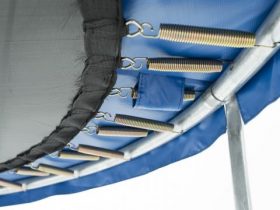



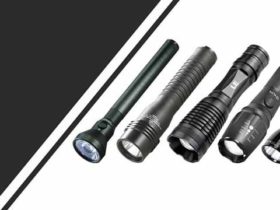

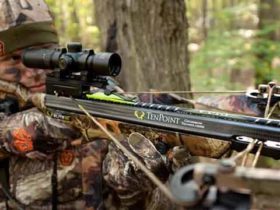



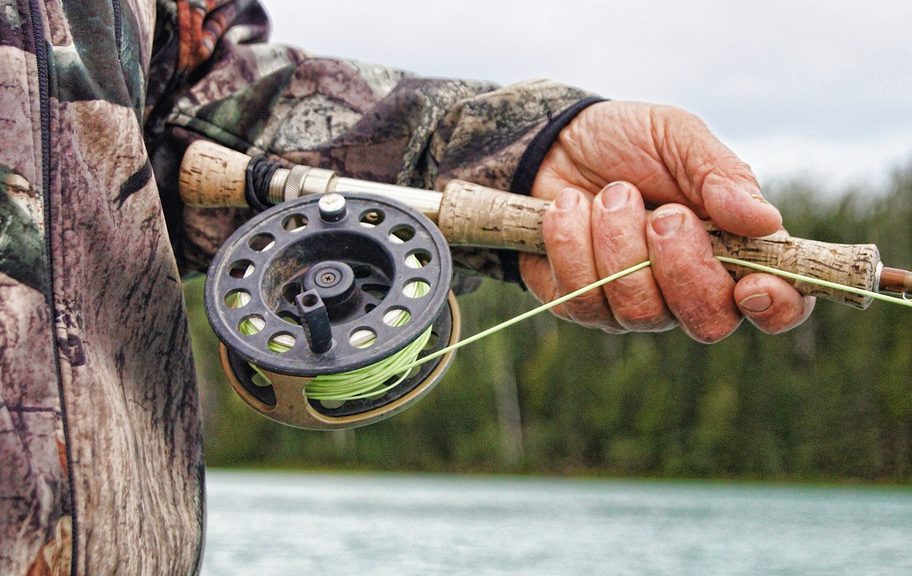
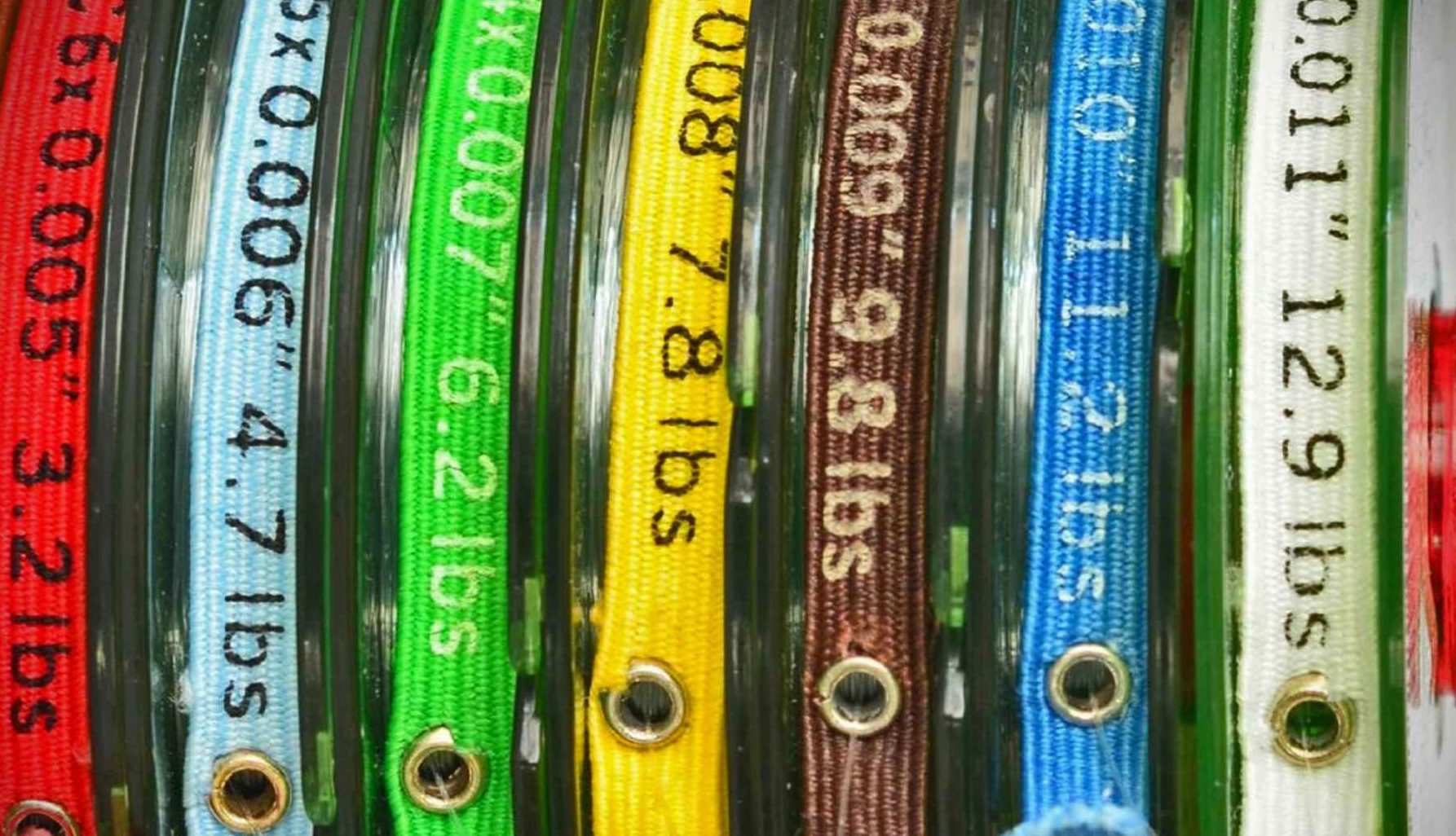
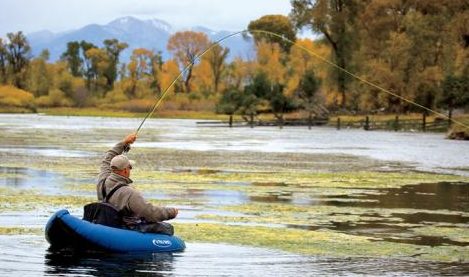




Leave a Reply
View Comments